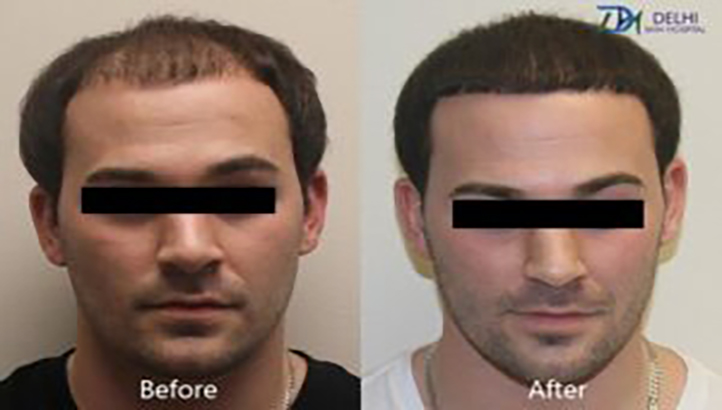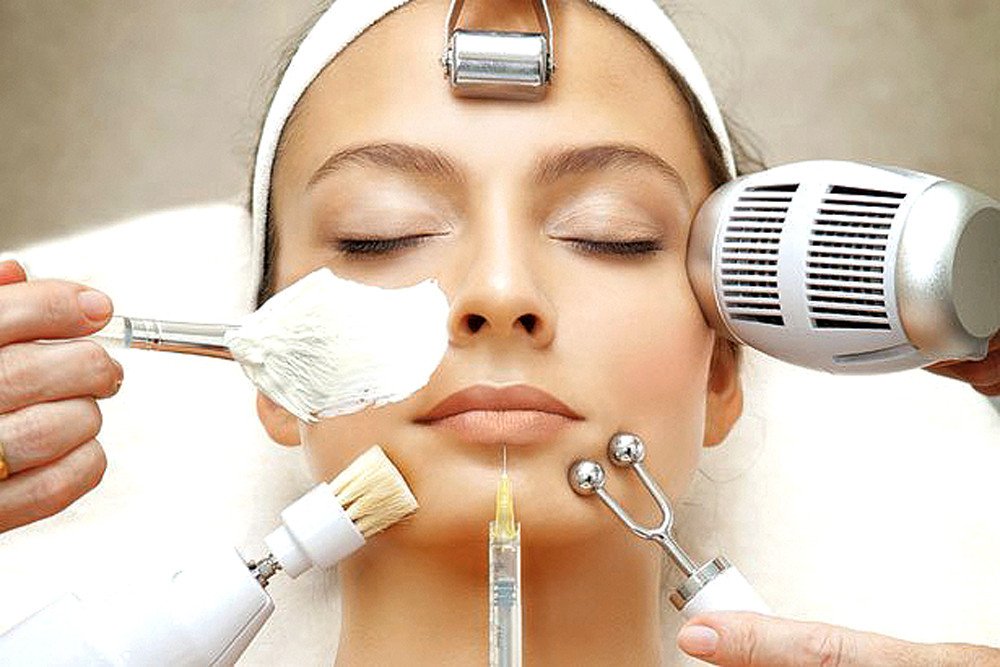
Male Patterned Baldness
Male patterned baldness is a type of hair loss that causes you to lose hair from the scalp. The hair lost doesn’t grow back. Other common symptoms of male-pattern baldness are thinning hair and the presence of a hairline that continues to grow farther back on your head.
As you know, male pattern baldness is a hereditary condition. You cannot prevent it. However, if you keep a check on your diet and lifestyle regularly, it will help you to regulate your health as well as your hair health. There have been some treatments for male pattern baldness that have been effective. If you are worried about your hair loss, you should consult your doctor for guidance and treatment options.
Given below are some ways to keep your hair healthy that can regulate hair growth and prevent hair loss, including:
- Eat extra protein, especially if you’re vegan or vegetarian. You need around 40 to 60 grams of protein every day.
- Intake of vitamins: There are certain vitamins and minerals like vitamins A, B, C, D, E, iron, and zinc. It will help you to maintain healthy skin, hair, and tissues of muscles.
- Find your ways to handle stress: Chronic stress conditions can lead to male pattern baldness by making your androgens active.
- Genetics, or a family history of baldness, is one factor contributing to male patterned baldness. According to research, androgens, or male sex hormones, are linked to male pattern baldness. Androgen has various functions that also include the regulation of hair growth.
- Every hair on your head has a cycle of growth. This growth cycle weakens and the hair follicle decreases in male pattern baldness, resulting in shorter and finer hair strands. Every hair's growth cycle eventually comes to an end, and no new hair can grow in its place.
- Male pattern baldness that is inherited has no side effects. In some cases, baldness has more serious causes, such as certain medications, cancers, anabolic steroids, and thyroid conditions. Male pattern baldness is diagnosed by a doctor based on the pattern of hair loss. The doctor will perform a medical history check to rule out some health conditions such as fungal infections or nutritional deficiency.
- When hair loss is accompanied by redness, rash, soreness, or peeling of the scalp, medical disorders may lead to baldness. Some blood tests or a skin biopsy may also be required to identify the conditions that lead to the hair loss.
Anyone can get affected by Male pattern baldness from birth. However, it can affect people based on different ethnic heritage. If you have a family history of male pattern baldness, you have more chances of having it.
Male pattern baldness is not categorised as a disease. People get it treated mainly for cosmetic reasons. It depends on you if you want to live with it or if you want to look into any treatment options.
One of the most simple solutions for male pattern baldness is to use a hairpiece such as a toupee or a wig. If you don't want to wear a hairpiece, given below are some other treatment options that you can take into consideration.
- Minoxidil: It is a liquid solution or foam that you will apply 1 or 2 times a day on your scalp. This liquid will increase the flow of blood in the scalp and stimulate hair growth. You might start to see effects after around four months of use. However, if you decide not to continue treatment after some time, your hair will revert to how it looked before.
- Finasteride: You can take this tablet once a day. It functions by reducing the effect of hormones that cause male pattern baldness. You will see the results in around 3 to 4 months. However, if you decide not to continue with the tablet after some time, your hair will revert to how it looked before.
Hair transplant surgery: This surgery includes the removal of hair from the back side of the head and placing it into the areas of the scalp that are affected by hair loss. This process is effective as well as expensive. It can also lead to complications like scarring and infection in some cases.
Male pattern baldness is diagnosed on the basis of appearance and pattern of hair loss. Other factors that include the diagnosis are medical history, hereditary hair loss, etc. An experienced dermatologist at Delhi Skin Hospital will analyse the scalp properly using an instrument called a densitometer.
Book your appointment today and get the best treatment for male patterned baldness in Sirsa, Haryana.
Book Your Free Consultation Now
Other Treatment
-
Female Hair Loss
Hair loss in women is just that — when a woman experiences unexpected, heavy loss of hair
-
Alopecia Areata
Alopecia areata is a condition that causes your hair to fall out in patches. These patches may connect and then become more noticeable.
-
Scarring Alopecia
Scarring, or cicatricial alopecia, is an inflammatory condition that destroys hair follicles, causing scarring and permanent hair loss.
Gallery









